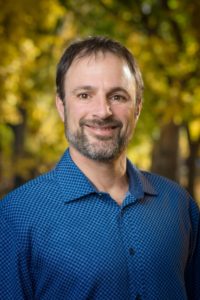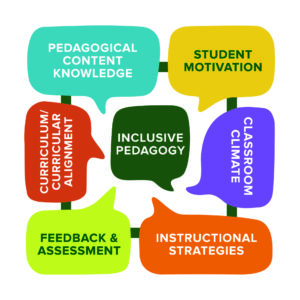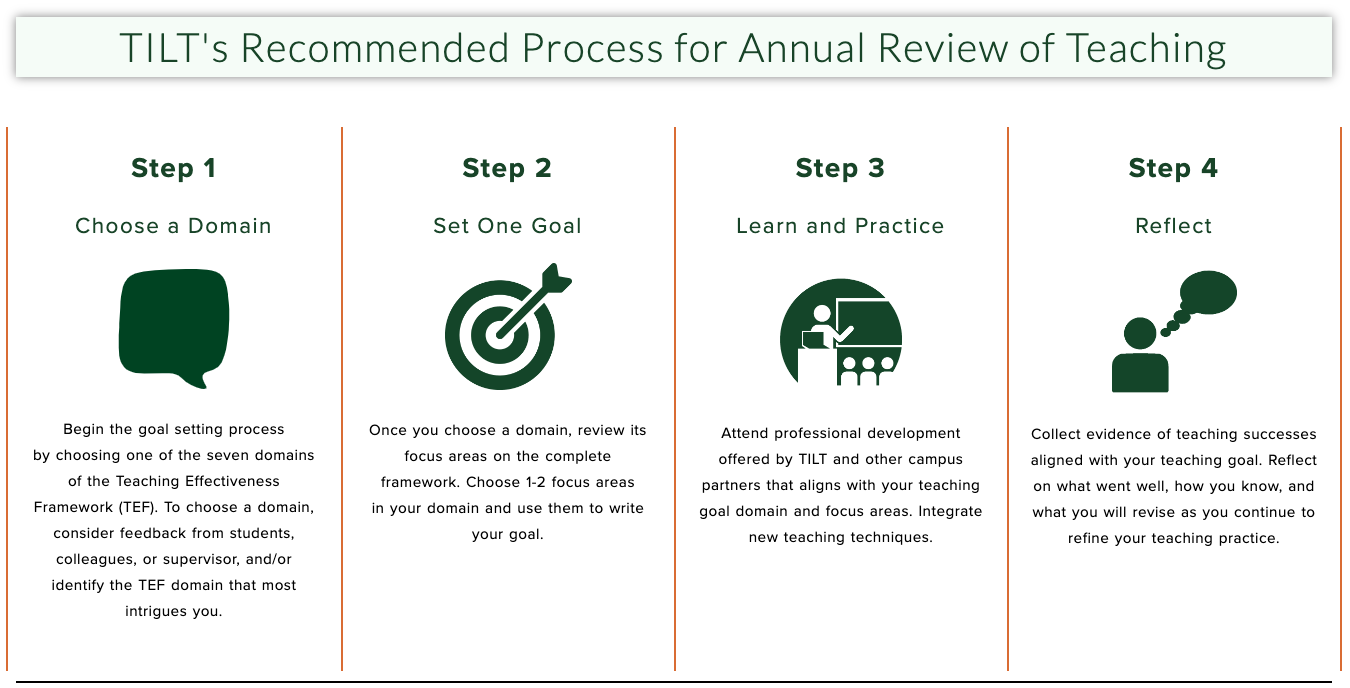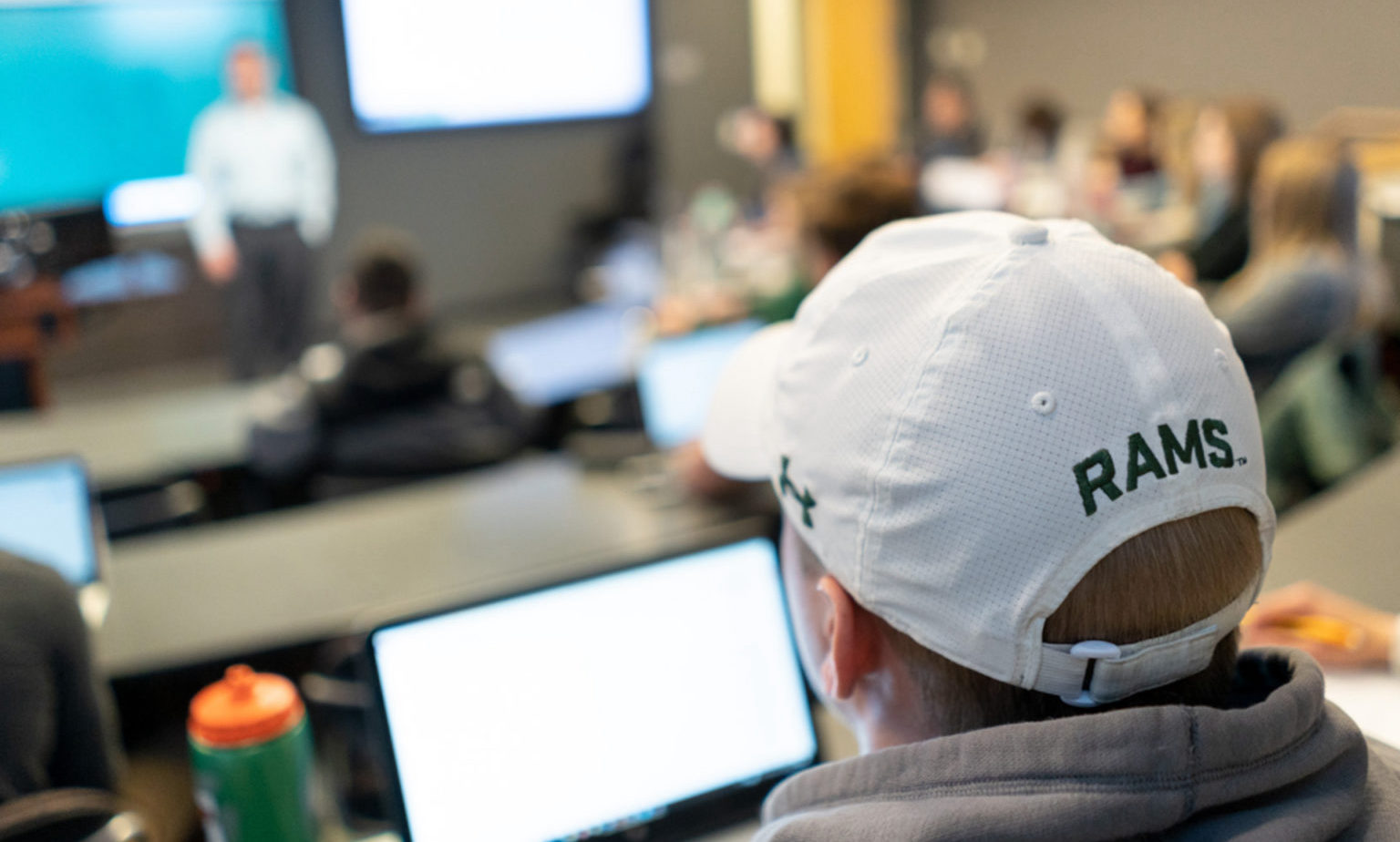
In spring 2022, Colorado State University Professor Diego Krapf decided to change up a few things in one of his courses, based on a model developed by The Institute for Learning and Teaching.
Instead of basing his students’ grades primarily on two major exams, the electrical and computer engineering professor broke those up into six smaller, low-stakes exams, to give his students more opportunities early on to see how they were doing in the course and make improvements if needed.

Krapf also shifted away from his traditional lecture format in which he would show the students how to solve problems in the classroom, to a model in which the students learned much of the content on their own, with their peers. Students were required to read materials before class and then work together in small groups to solve problems and take a graded quiz.
When he compared his students’ grades from spring 2022 to the previous two spring semesters, he found that the fail rate (students who got a D or F) was cut by about half, going from 13% to 7%.
Engagement and attendance
Krapf also noticed a significant increase in engagement and attendance in this probability course, “Introduction to Communications Principles,” which is notoriously challenging.
“Students maintained a much higher level of motivation, and it doubled the attendance rate, especially in the second half of the semester,” Krapf said. “The vast majority of the class attended every day, through the whole semester, and the class became very interactive.”
The new approaches that Krapf adopted are part of TILT’s “Teaching Effectiveness Framework,” or TEF, which he learned about by taking one of TILT’s three-week “best practices” courses during the pandemic.
 The framework, which has been adopted by many CSU faculty and other universities, creates a sort of common language that faculty in any discipline can use to improve their teaching in seven areas:
The framework, which has been adopted by many CSU faculty and other universities, creates a sort of common language that faculty in any discipline can use to improve their teaching in seven areas:
- Student motivation.
- Classroom climate.
- Instructional strategies.
- Feedback and assessment.
- Curricular/curriculum alignment.
- Inclusive pedagogy.
- Pedagogical content knowledge.
Built into promotion, tenure processes
Faculty can take coursework in each of the seven areas, earning “domain certificates” for each one, and there is a Teaching Effectiveness Framework toolkit online, which outlines TILT’s recommended process for developing and evaluating teaching effectiveness. The framework has been incorporated into the promotion and tenure process, and many departments have built it into annual faculty reviews, which now have less emphasis on student evaluations.
While TILT started the Teaching Effectiveness Framework a few years before the pandemic, the institute saw a major spike in faculty taking the coursework beginning in 2020, as they scrambled to determine how to convert their courses into hybrid and remote formats. TILT staff call it one of COVID-19’s silver linings.
“It definitely piqued people’s interest in evidence-based teaching practices,” said Jennifer Todd, TILT’s senior faculty developer and Teaching Effectiveness Framework program manager.
New areas of emphasis
Todd, Falkenberg and other TILT leaders said the pandemic highlighted the importance of making students feel like they belong, since so much coursework went remote. It required faculty to check in on their students more frequently and let them know they care, and it accentuated the need for more peer-to-peer discussion since students weren’t always physically in class together – or were separated by six feet.

The Teaching Effectiveness Framework is based on peer-reviewed literature and goes hand in hand with other efforts on campus like the Faculty Success and Student Success initiatives.
Taking on tough subjects
Annie Krieg in the Department of Art and Art History said the Teaching Effectiveness Framework and the TILT certificates she has earned through the Teaching Effectiveness Initiative made her promotion process from instructor to senior instructor smooth this year. Even better, the TEF has vastly improved her teaching – and her students’ learning experiences.
“I see it in students’ feedback and engagement, and their willingness to take on tough subjects,” Krieg said. “They are able to go there and not shut down.”
One student told her at the conclusion of a course: “I just wanted you to know that these module assignments have completely changed my view on art history classes. As someone who has never been great at studying for and taking exams, this style of showing knowledge is a true breath of fresh air. I have learned so much more and have actually retained that knowledge, and it feels really good!”
Krieg, who started taking TILT’s Best Practices in Teaching courses just before the pandemic, said she has enjoyed the opportunity to connect with and learn from instructors in other departments around CSU, “people who I would never meet otherwise, in my little corner of campus.”

Improving as an instructor
Krieg noted that being an expert on a subject does not automatically make one an effective instructor of that material.
“This is not necessarily something we learn in graduate school, being an effective teacher,” she said. “One can be an expert in their field and not be able to convey that expertise.”
Krieg added that the pandemic forced instructors to go the extra mile to engage students, in part because so many were dealing with challenges at home and with family or friends.
“I can’t change everyone’s living conditions, but what I can do is set up the conditions in class to encourage engagement and connection,” she said. “Teaching is an evolving craft, and students are changing all the time too. The students who were in high school during the pandemic have different needs. Good teachers learn those needs and respond to them.”

Impact at other universities
The Teaching Effectiveness Framework has spread beyond CSU. Instructional Designer Brian Roberts of the University of West Georgia adopted the framework last year after attending a workshop hosted by Todd and Tonya Buchan, senior faculty developer and Teaching Effectiveness Initiative program manager, at the Teaching Professor Conference. He said the framework has been beneficial for the work he does in consulting with faculty and offering development opportunities.
“Having a framework that can be used not only as a process, but also as a resource, has saved me a significant amount of time,” Roberts said. “When I am working with a faculty member on making adjustments to their class that are motivated by a challenge they are experiencing, the Teaching Effectiveness Framework is a quick resource I can rely on to connect new teaching strategies alongside developing a measurement plan to evaluate impact.”
He added that the Teaching Effectiveness Framework offers a way to structure complex conversations about teaching within existing resources at his university, alongside a vast knowledge of the academic technology that the university supports.
“The Teaching Effectiveness Framework is slowly becoming part of the shared language within our faculty mentoring program and consultations for annual reviews,” Roberts said. “We would be hard pressed to develop our own framework of faculty-focused language on pedagogy with supporting resources without the inspiration from the TILT team at CSU.”
Survey on the framework
TILT is conducting a survey of department chairs and heads about the Teaching Effectiveness Framework. Completing this survey will help TILT understand how faculty members and departments are using the framework to evaluate and improve teaching, so the institute can focus its programs and professional development efforts. Responses are due by May 31, and only one representative from each department needs to submit the survey.
TILT recommends that respondents review the questions first, gather necessary information in a staff meeting or through discussions with others in their department, and then complete and submit the survey once they have the information they need. To help with this process, TILT has provided a downloadable list of all the survey questions.
All responses will remain confidential, and no one from college leadership or university administration will see individual responses. Data will only be accessible by the TILT team. Questions about the Teaching Effectiveness Framework can be sent to Todd at Jennifer.Todd@colostate.edu, and questions about the survey can be directed to Rebekah LeMahieu (rebekah.lemahieu@colostate.edu).